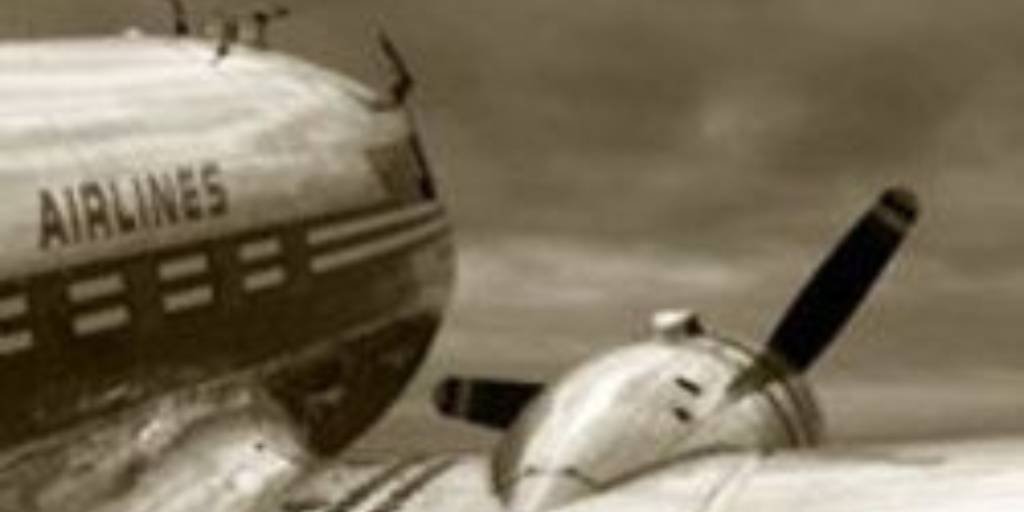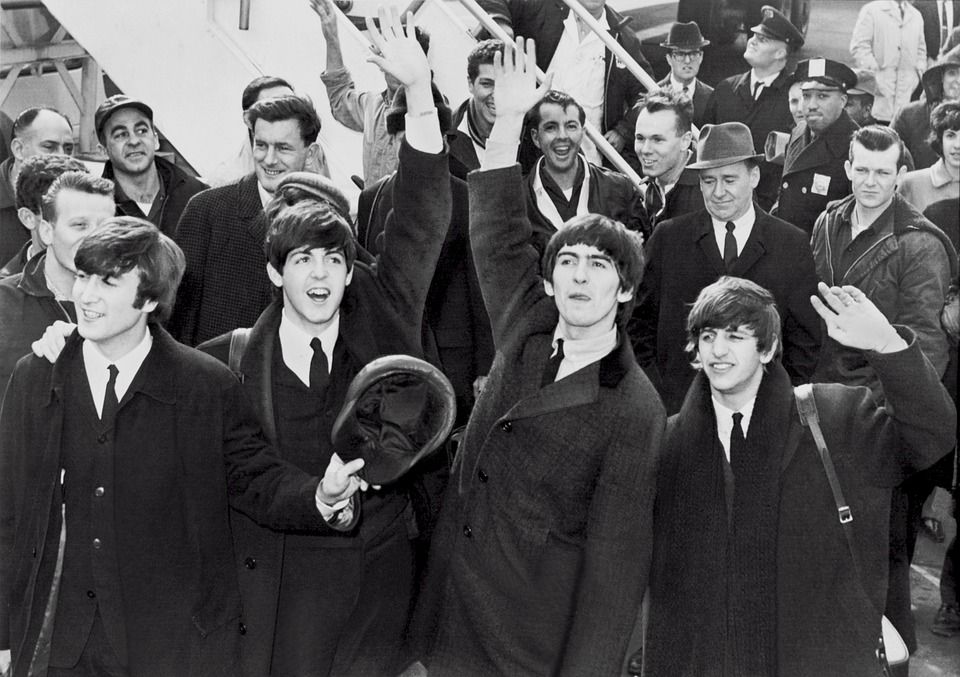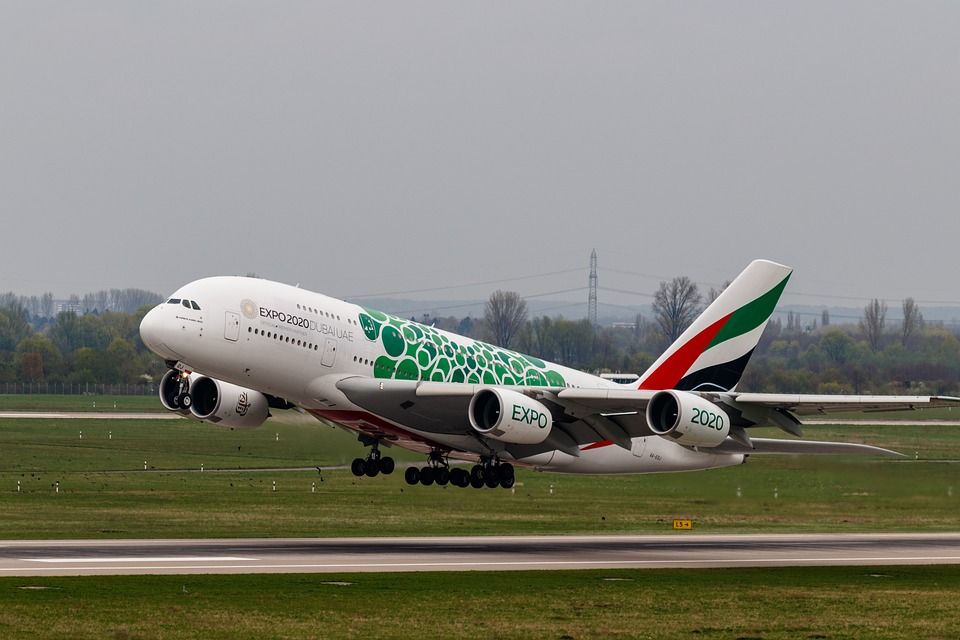Welcome to Belfast International Airport! Let’s take a step back in time and explore the rich history of this iconic airport, where every corner tells a story. From its humble beginnings as a Royal Flying Corps base during World War I to its rise as Northern Ireland’s primary international gateway, this airport has been at the heart of aviation history.

Aldergrove was selected as a Royal Flying Corps training establishment during the First World War. This marked the beginning of the airport’s history, with military aircraft using the site for training.
After World War I ended, Aldergrove remained in operation, serving the Royal Air Force and also accommodating the growth of early civil aviation, with flights to and from Northern Ireland starting to take shape.
In 1921, Northern Ireland had a royal visit from King George V and Queen Mary. During this visit, aircraft landed at Aldergrove, where cameramen and reporters captured the event, with the newsreels and photographs making their way back to London.
This year saw the formation of Northern Ireland's Special Reserve unit, No. 502 (Ulster) Squadron RAF, at Aldergrove, further cementing its military role in the region.
Northern Ireland’s first regular civil air service began in 1933 with a Glasgow to Aldergrove route operated by Midland and Scottish Air Ferries, marking a significant step in the development of civil aviation in the region.
By 1934, Aldergrove had firmly established itself as Northern Ireland’s civil airport. That year, the first London service began operating to Nutts Corner, connecting Belfast with London via Birmingham and Manchester, and was run by Railway Air Services.
During the Second World War, Aldergrove remained an airbase. After the war, it was decided that civil flights would return to Aldergrove due to more predictable weather conditions, compared to the variable weather at Nutts Corner.

By the 1960s, operations were fully transferred to Aldergrove. The first passenger flight to land was a BEA Viscount from Manchester. Later that year, HRH Queen Elizabeth, the Queen Mother, officially reopened Aldergrove as a civil airport, with a new terminal building being introduced.
The Beatles caused a stir when they passed through Aldergrove during their UK tour, marking a memorable moment for the airport.
In 1966, Aldergrove saw the launch of its first regular jet service, operated by British United with a BAC 1-11 to Gatwick. By 1969, the airport had reached a major milestone, serving over 1 million passengers annually.
To accommodate the growing number of passengers, the Minister of Development announced a £3 million expansion plan for the airport, marking the beginning of significant infrastructure growth.
In the early 1980s, the airport was officially renamed **Belfast International Airport**, shedding its previous Aldergrove identity and marking a new chapter in its history.

In 1995, the airport hosted famous passengers including President Bill Clinton and First Lady Hillary Clinton, who flew in aboard an official Air Force One flight, highlighting the airport’s growing international significance.
In 2003, the iconic Concorde made a special visit during its farewell tour, attracting large crowds and marking a historic moment for Belfast International Airport.
The airport continues to grow, with a £100 million investment program currently underway to modernize and expand its facilities, including a new exit hall and an extended security area. The airport has also broadened its route network, offering exciting new destinations across Europe, North Africa, and beyond. Passengers can now fly to places like Tunisia, Larnaca, Malta, Bodrum, and even Cancun, Mexico, on long-haul routes. Beyond travel, Belfast International plays a key role in Northern Ireland’s economy, driving tourism and supporting local jobs. The airport is also committed to sustainability, with initiatives like using Hydrotreated Vegetable Oil (HVO) for its vehicles, cutting emissions by 90%.